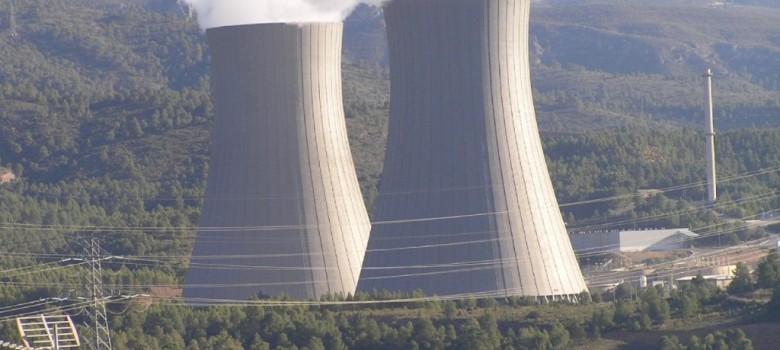
Hinkley C – Our first Nuclear Power plant in a Generation!
The UK has utilised nuclear power to meet its energy requirements since 1956. Nowadays, the UK has 16 operational nuclear reactors situated across 9 power plants and these contribute about 19% of the electricity in our energy mix. Today, the Government announced that it has given the go-ahead for a new nuclear power plant in the UK – In the following blog post, we briefly discuss this decision – but first the key facts about the proposed Hinkley C power plant:
- How much does it cost? Around £14billion.
- How much power will it produce? The 2 new reactors will have a combined output of 3,200MW.
- Who is paying for it? Chinese investment is paying up front, but the UK Government will pay a guaranteed generation fee well above market rates to ensure the project happens.
- When will it be complete? 2023 is the projected finish date and it will have an expected lifetime of 60 years.
- Will it cover the ‘energy gap’? No, the UK could still face energy shortages in the next 10 years, until projects like these are complete.
Nuclear – is it safe?
Okay – this is probably the most disputed issue of them all – even if nuclear power plants have no operating issues, then you still have nuclear waste that needs to be disposed and even though we can make this safer, we still essentially just bury the waste underground.
There have been three significant nuclear power plant disasters over the years, Three Mile Island (1979), Chernobyl (1986) and Fukushima (2011). Since the latest disaster in Japan, there has been far more negative press regarding nuclear, with Germany one of the highest profile countries announcing their plans to close all of the nuclear power plants by 2022.
Is it needed?
Yes – 100%, the UK needs new energy producing capacity in the grid to replace the ageing coal and nuclear power plants. Once fully up and operational it has the potential to produce 7% of our energy requirements. Obviously other generating capacity could be built instead (Severn Barrage anyone?!) however we are in desperate need of power and lots of it.
Whilst renewable may offer some of the solution, policy makers are struggling to find a mix of energy sources that can provide sufficient base load and nuclear offers a solution to that problem.
The Cost of Nuclear
The nuclear plant is being built using French technology and Chinese money. The two new reactors at Hinkley point C will cost £14bn to build and this is being financed by a guaranteed price the Government has agreed to pay for the electricity being produced. This guaranteed price is known as the strike rate and this is set at £89.50 per megawatt hour of electricity produced. This strike price not only covers the building costs of the new plant, but also the decommissioning and nuclear waste costs. For reference this is about double the market price.
Now with British Gas the latest company to announce their price rises, the fact we have guaranteed an energy supplier a fixed payment well above the current market rate of energy, one must assume that bills are going to continue to sky rocket over the coming years, so sadly not great news for consumers – but great news for those who have renewable energy systems in place!
When will it be ready?
It is projected that the plant will be up and running by 2023 – that is about 10 years away and that is also provided the building process runs smoothly. Unfortunately that is about 10 years too late to mitigate our lack of energy supply now! This is one of the biggest issues for us here at TheGreenAge – the Government is still failing to address the short term. We are in desperate need of new capacity right now. We hope that this recent turn to nuclear will complement and not be an alternative to long term investment in renewables. Solar for example is projected to be cheaper than oil and gas in the next 10 years, so it would be a shame to not utilise this renewable source of energy with such bright prospects for the future.











No Comments yet! Be the first one.